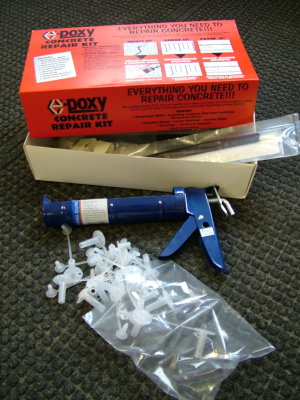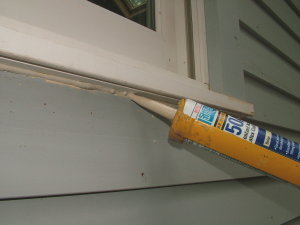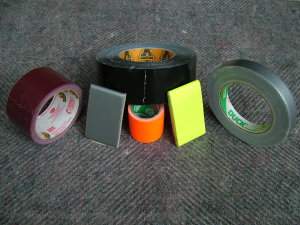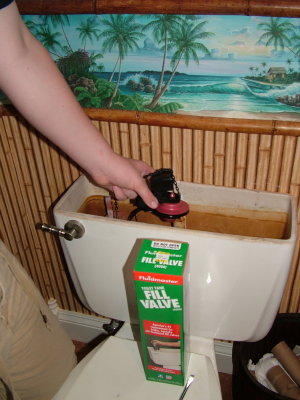Cultured Stone® Installation Guidelines
The Basics
The installation of Cultured Stone® products is really quite simple. You generally only need basic tools such as a hammer, a tin snips, mason's trowel, level, metal jointing tool or wood stick, groutbag, nippers, hatchet, and a whisk broom. A wheelbarrow and a hoe is preferred as well to mix and transport mortar.
Each manufacturer has specific guidelines for their product, but for the most part, the installation guidelines are very similar to the following.
These products are installed in a fresh bed of mortar which is spread onto a wall surface. In all instances, except for fresh or absolutely clean, unsealed masonry walls, expanded diamond mesh lath must be nailed securely to the wall. Prior to installing the mesh, the wall must have an approved moisture barrier such as asphalt saturated felt paper or waterproof Kraft building paper.
When the stone is to be applied on an exterior wall surface, the mesh and all nails must be galvanized. This is very important, as the use of non-galvanized metals can cause two major problems: For one, the stone might fall off the wall if either the mesh or the nails rust, and prior to this failure you will surely see rust stains through the mortar.
If you have a new, or sandblasted, masonry wall that is structurally sound, you can eliminate the mesh. Painted or sealed masonry walls must have mesh applied.
After the mesh is applied, you simply apply a 1/2 to 3/4 inch thick coat of fresh mortar onto the mesh. Only apply mortar to the mesh where you can apply stone within a few minutes. You then butter the back of the stones and press them into place.
For the best results, the stones must be trimmed so that the mortar joints between the pieces do not exceed 3/4 inch. If the wall happens to be a UL listed firewall, the joints can not exceed 1/2inch.
Spectacular results can be achieved by using colored mortar. The setting mortar should be colored as well as the mortar which is used to fill in between the pieces of stone after they are set. This joint mortar is applied using a grout bag. A grout bag is just like the bags a baker uses to apply decorative icing to cakes, only it's bigger.
After the mortar between the joints has hardened sufficiently, you can either strike the joints with a metal tool or use a stick. It simply depends upon the look you want to achieve. The final touch is to brush the joints lightly with a whisk broom. Never brush the joints until the mortar has completely set. If you brush too soon, you will smear mortar on the rocks.
The best way to see what your job will look like is to have your mason build a test panel for you. Build a quick 4 x 6 foot wall and have it covered with stone with the joints completed. This would cost just slightly over $200 in most markets. The benefit is that you can see exactly what the stone will look like on a large surface. It s a good insurance policy!
Column B358




